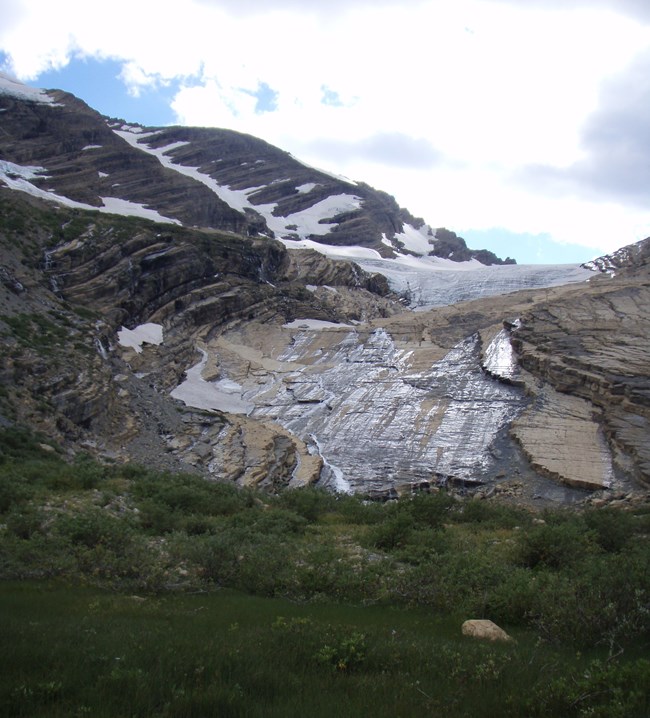
Importance/IssuesClimate is one of the primary drivers of the physical and ecological processes that determine the distribution, structure, and function of ecosystems. Moreover, climate is critical to park management and visitor experience, is a driver of change in other vital signs and park resources, and there is evidence that climate has changed in the past century and will continue to change. For these reasons, the Greater Yellowstone and Rocky Mountain inventory and monitoring networks identified climate as a high-priority vital sign. Together, the two networks developed the Rocky Mountain Climate Protocol to monitor and report on climate for nine national park units in Colorado, Wyoming, Montana, and Idaho. Monitoring ObjectivesWe have two overarching goals for our climate inventory and monitoring: (1) to determine variations and changes in key climate measures relative to an established baseline, and (2) to develop comprehensive and high-quality climate datasets for use in understanding how climate may affect other vital signs. Specifically, we have the following five objectives:
Protocol Development and StatusTo monitor climate, we rely on data from existing climate monitoring programs. Rather than establishing new climate stations in park units, our approach is to rely on existing programs with climate stations in or near the parks, which provide consistent, long-term, and high-quality climate records for our regions. The primary product of the climate protocol is the climate status reports. Status reports will be produced every one-to-three years and will provide a descriptive summary of the past years' climate to support yearly park science and management planning. When funding is available, climate variability and trends reports will be produced on 5- to 10-year cycles. These will present rigorous analyses of inter-annual variability and long-term historical trends. In the process of preparing these reports, we will create high-quality historical climate datasets that will be available to support research linking resource dynamics to climate, as well as to aid resource management and park interpretation programs. Finally, we will create and maintain a website that provides links to timely climate information, reports, and high-quality climate datasets that are relevant to the parks within the networks. Parks This Protocol is Monitored At
Vital Signs This Protocol Monitors
Reports & PublicationsSource: NPS DataStore Saved Search 1312. To search for additional information, visit the NPS DataStore. Source: NPS DataStore Saved Search 981. To search for additional information, visit the NPS DataStore. Source: NPS DataStore Saved Search 980. To search for additional information, visit the NPS DataStore. |
Last updated: October 23, 2024
